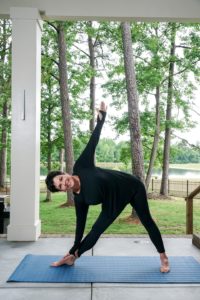Earlier this summer, I had the opportunity to return to a place that changed my life.
After over two decades from when I first arrived in Costa Rica, I traveled with my family to the Southern Zone, to the land where True Nature was born—where the vision first took root, quite literally, in the fertile soil of a tiny village called La Florida.
It had been years since I’d been back. Life had carried me forward—through marriage, fatherhood, the growth of True Nature into an international travel and education company and global community. As our two-week journey across Costa Rica unfolded, I felt a quiet pull, calling me back to the source. Our final stop was a return to the land where it all began.
As we drove the winding mountain roads, memories flooded in with every turn. The road, the trees, the Diamante waterfall, the light on the valley—it all came alive in me. But this time, I wasn’t a 20-something with a vision. I was a father, a husband, twenty years later stewarding the evolution of True nature, this time with my daughters and my wife by my side.
What we found was nothing short of extraordinary.
The pasture land where we once dug trails by hand had become a thriving forest, bursting with the hundreds of trees we planted so many years ago. What were once sketches in my journal had become real structures—built with care, surrounded by waterfalls, gardens, and beauty beyond what I could’ve imagined.
The coconut grove now held a yoga studio and dining space. Wildlife had returned. The land was alive and welcoming again. Our original little home still stood, humble and strong. The first Ceibo tree we planted towered above us, a living monument to vision and time.
We were welcomed by Pablo, our Costa Rican brother and the land’s humble steward for over 20 years. And soon after, we reunited with the Flores family—our neighbors and extended Tico family who embraced us so fully when we first arrived as young dreamers. We shared stories, food, music, prayers. In those moments, I felt the deep truth: this family, this land, this mission—it never left me.
The experience was powerful. Not just nostalgic—but healing. Over the years, there had been moments of doubt. Had we done the right thing by leaving? Did we fulfill our purpose? But in that day back on the land and back home in the village, those quiet questions were answered. What we had planted had taken root. Our vision had not only endured—it had evolved, blossomed, and continued to serve.
This land is where True Nature was born. It’s where the name came to us. It’s where we learned what it means to live in harmony with the Earth. It’s where Believe (formally "CREER"), our non-profit, found its first heartbeat—supporting local schools, working alongside Costa Rican families, learning how to give with humility and reciprocity.
To walk the land again with my daughters, to show them where it all began, was something I’ll carry with me for the rest of my life.
And immense gratitude to Kerry Manter, who has so incredibly carried on the legacy of the land and the True Nature community into what is now called Finca Bella Vida ("Beautiful Life Farm").
The entity that is True Nature continues to evolve.
Rooted in intention.
In community.
In service.
In Earth stewardship.
In connection.
And we are still that—twenty years later.
Anything is possible when we plant with purpose.
When we nurture the soil.
When we honor the roots.
And when we return—again and again—to our True Nature.
Humble and Grateful,
Joshua

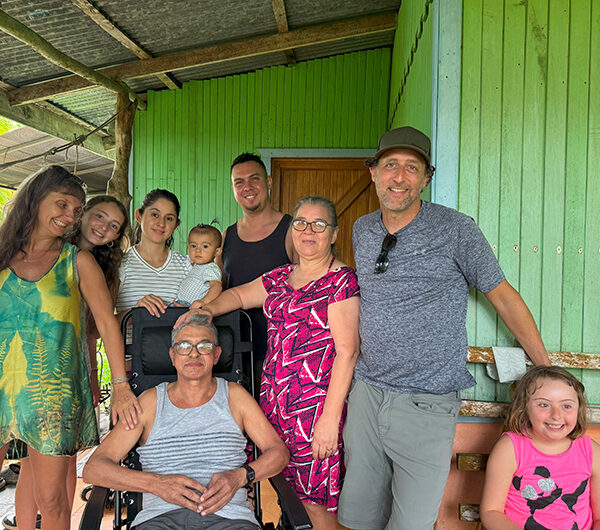
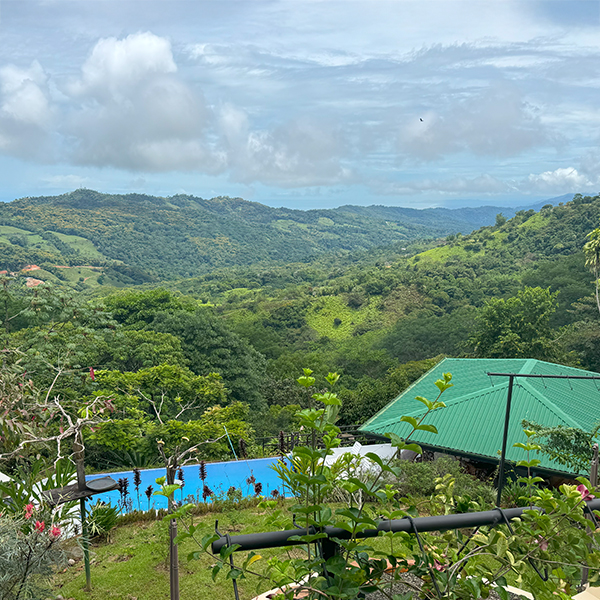
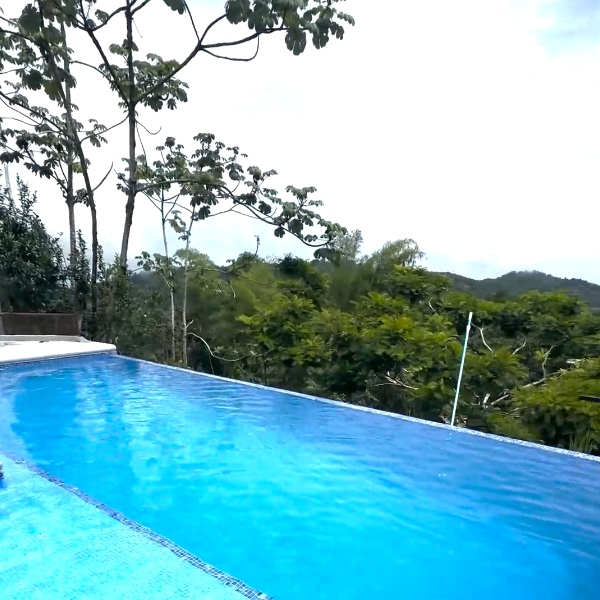
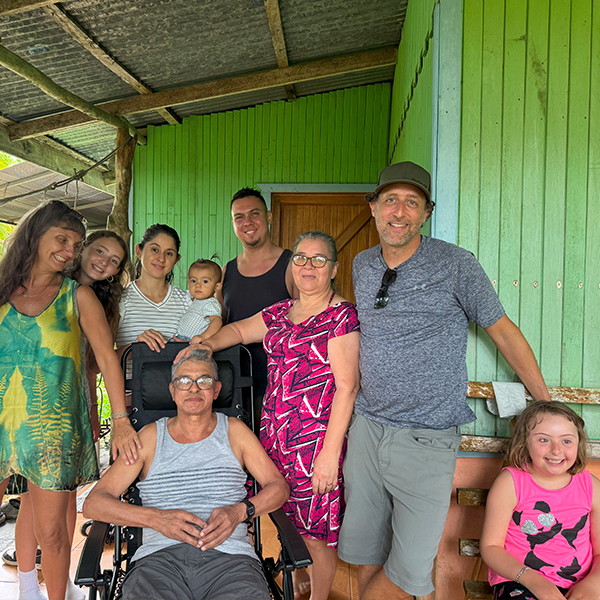
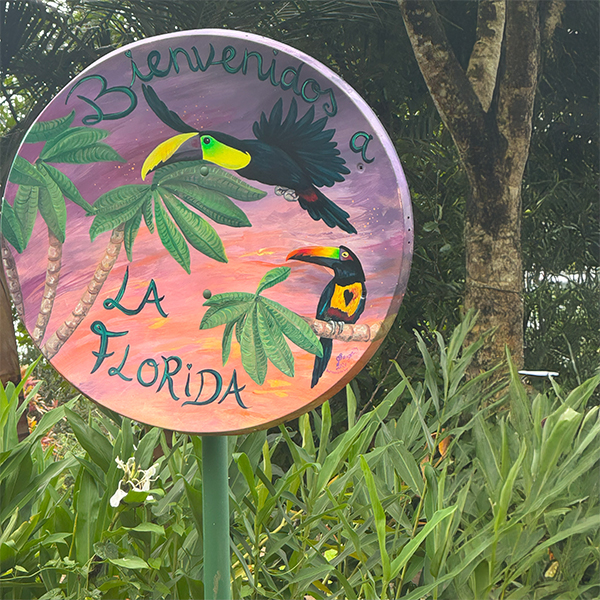

 Holidays are a time of joy, giving, and unfortunately, a lot of waste. Practicing sustainability over the holidays is crucial due to the significant environmental impact this season can have. The holidays are traditionally a time of excess – over-indulgence in food leading to waste, excessive energy consumption for lighting and heating, and the generation of vast amounts of waste from gift wrapping and packaging. By choosing to be mindful and adopt sustainable practices, we can significantly reduce this environmental footprint. Moreover, the festive season, being a time when families come together, provides an excellent opportunity to educate others and inspire them to adopt eco-friendly habits. By promoting sustainability during the holidays, we not only protect our environment but also set a precedent for future generations to celebrate responsibly and mindfully. Remember, the best gift we can give to our planet is a commitment to its preservation.
Holidays are a time of joy, giving, and unfortunately, a lot of waste. Practicing sustainability over the holidays is crucial due to the significant environmental impact this season can have. The holidays are traditionally a time of excess – over-indulgence in food leading to waste, excessive energy consumption for lighting and heating, and the generation of vast amounts of waste from gift wrapping and packaging. By choosing to be mindful and adopt sustainable practices, we can significantly reduce this environmental footprint. Moreover, the festive season, being a time when families come together, provides an excellent opportunity to educate others and inspire them to adopt eco-friendly habits. By promoting sustainability during the holidays, we not only protect our environment but also set a precedent for future generations to celebrate responsibly and mindfully. Remember, the best gift we can give to our planet is a commitment to its preservation.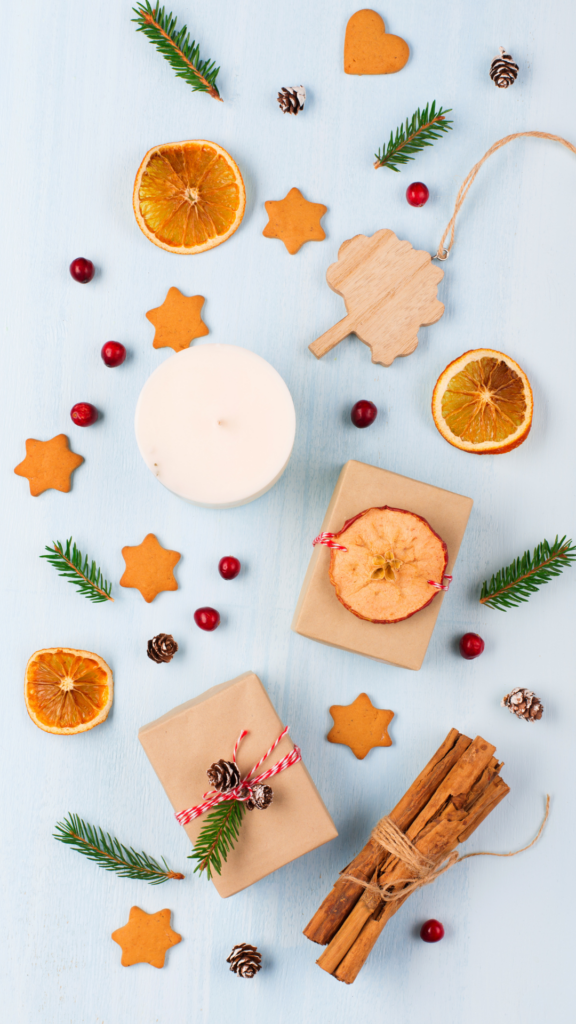 With a bit of planning, we can change our habits to create more sustainable celebrations. Here are a few eco-friendly holiday tips:
With a bit of planning, we can change our habits to create more sustainable celebrations. Here are a few eco-friendly holiday tips: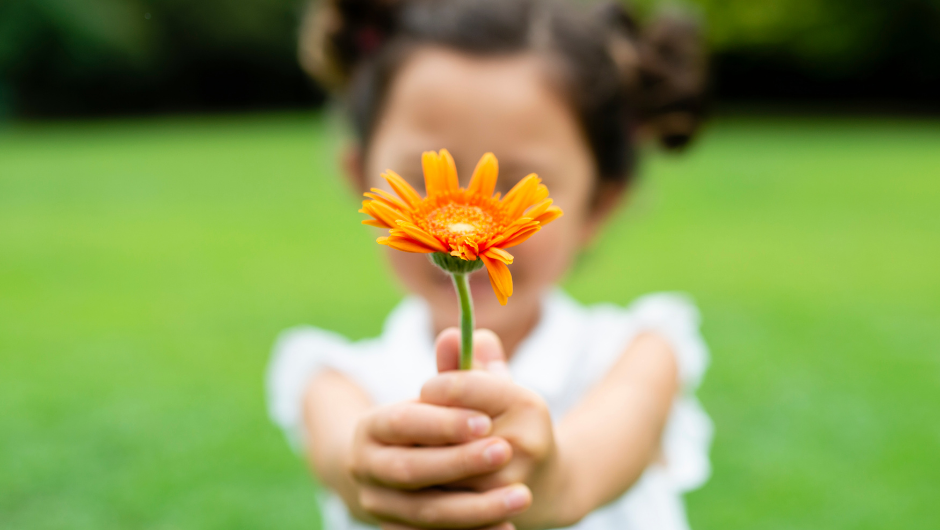
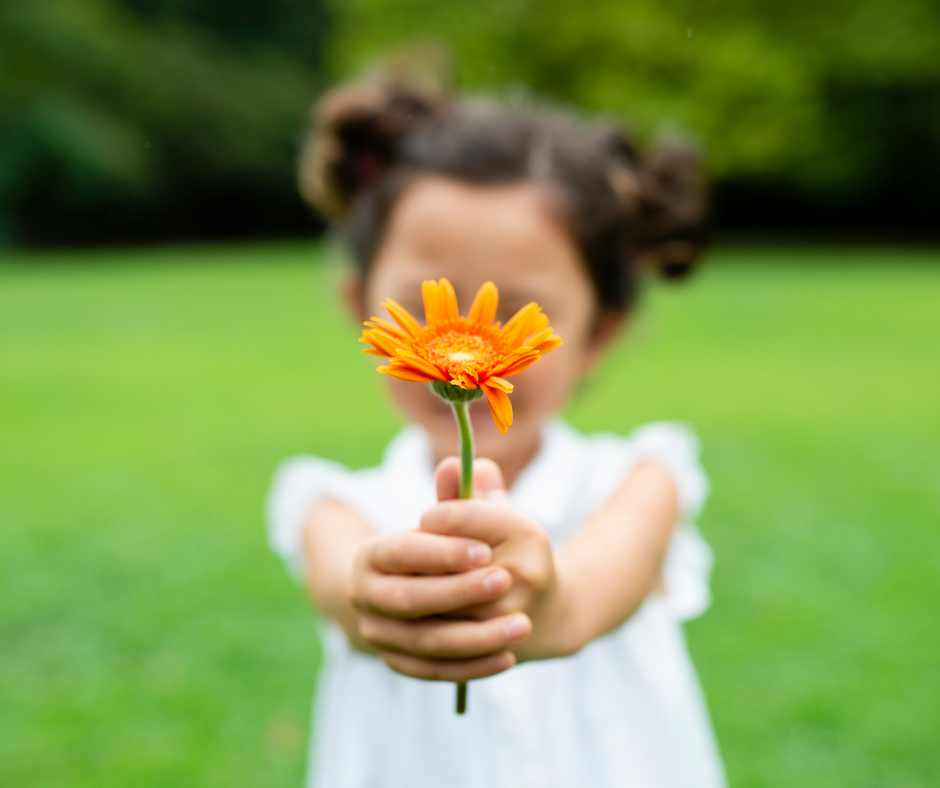 On a psychological level, gratitude can increase happiness and reduce depression. It encourages positivity and reduces toxic emotions, such as envy and resentment. Practicing gratitude can increase your resilience, helping you to overcome stress and bounce back from adversity – essential skills for any yoga practitioner.
On a psychological level, gratitude can increase happiness and reduce depression. It encourages positivity and reduces toxic emotions, such as envy and resentment. Practicing gratitude can increase your resilience, helping you to overcome stress and bounce back from adversity – essential skills for any yoga practitioner.
 Keep a Gratitude Journal:
Keep a Gratitude Journal: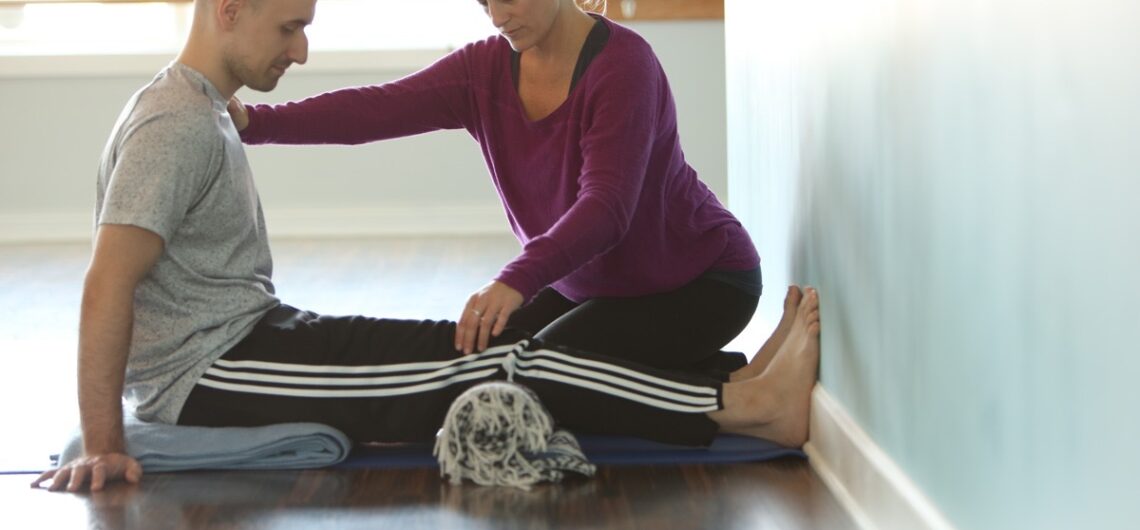
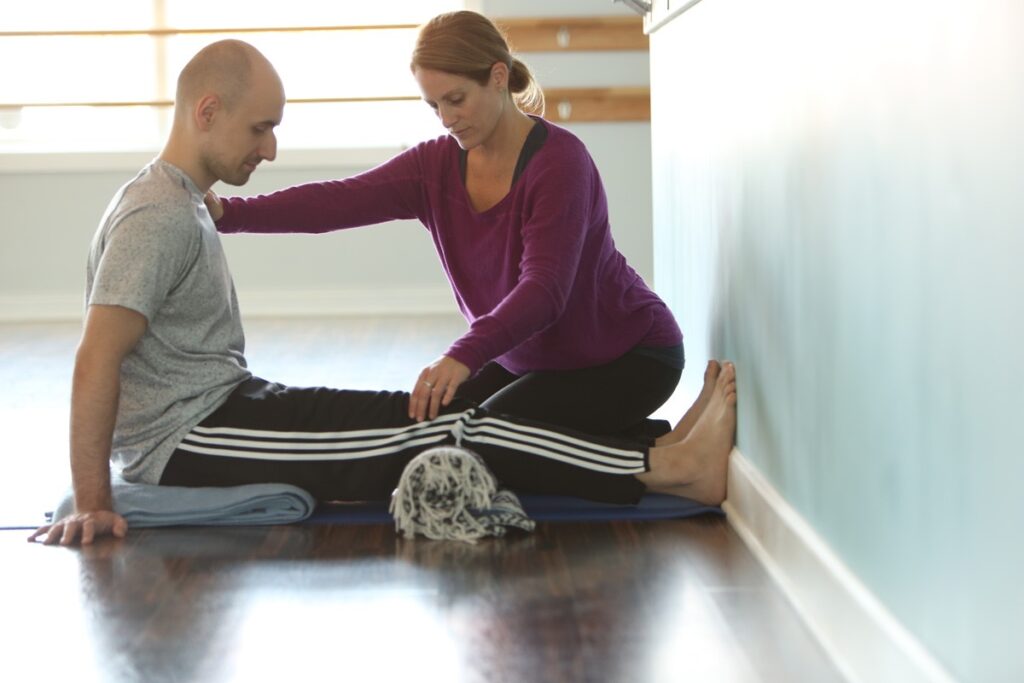

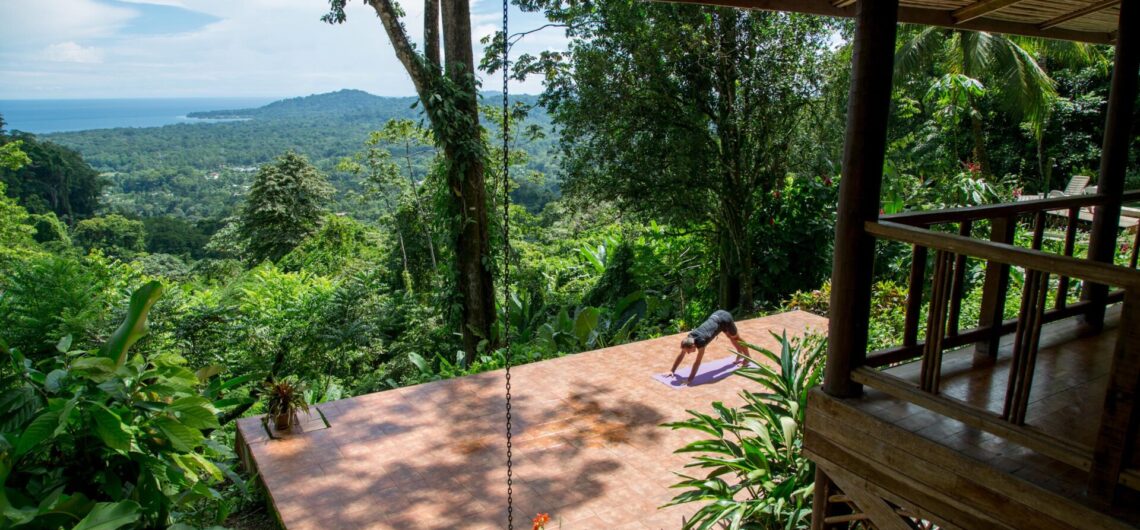
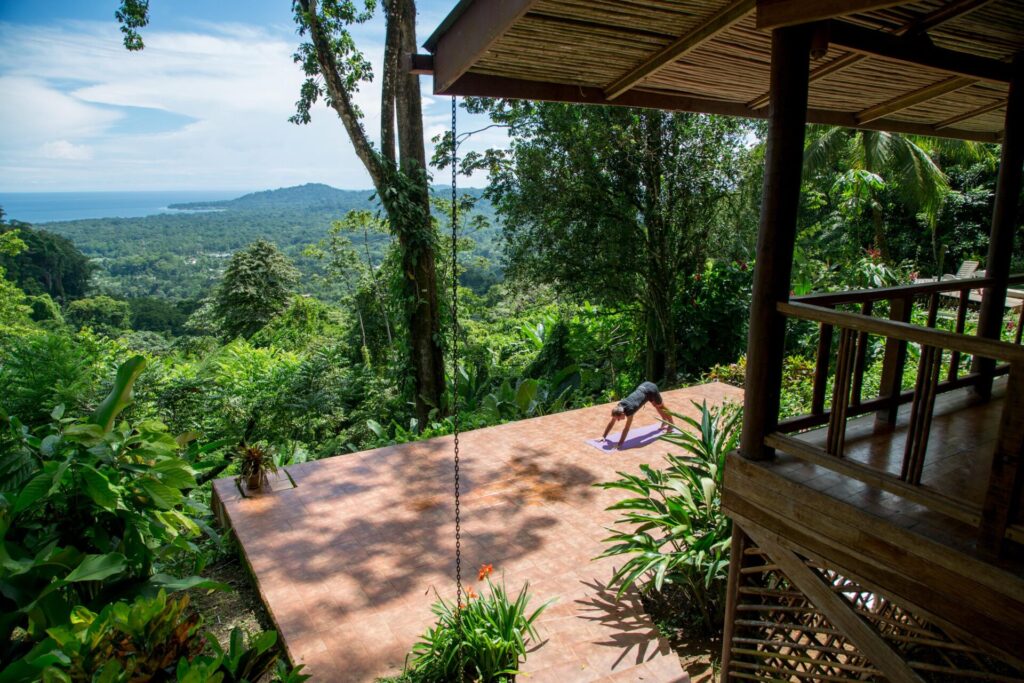 Let me invite
Let me invite 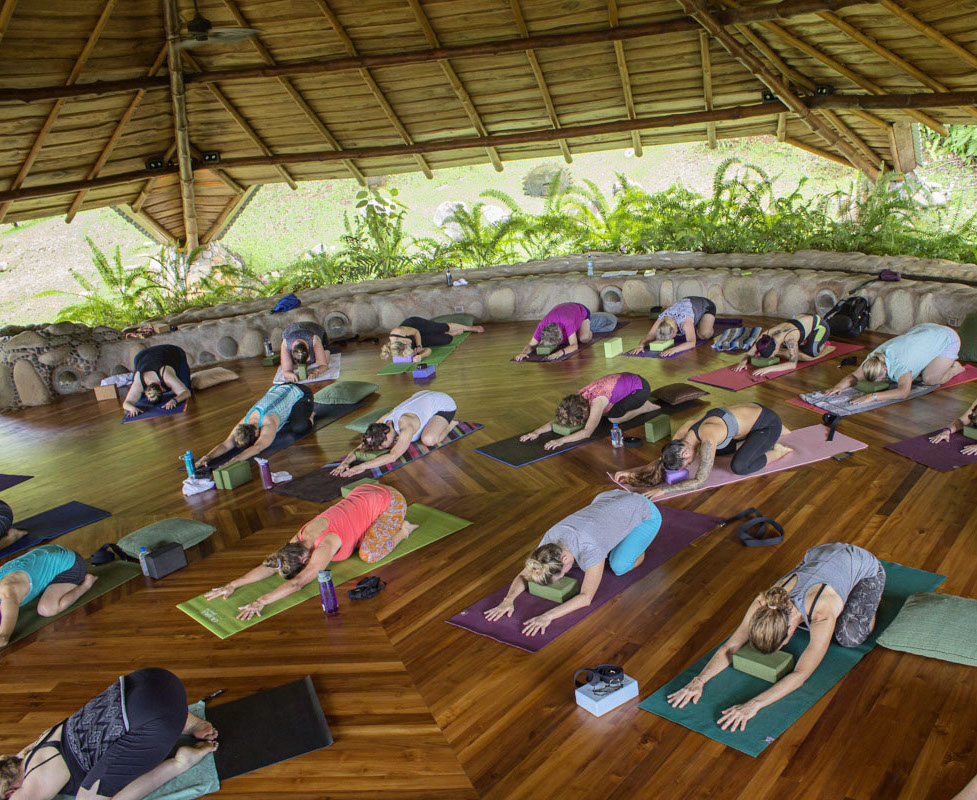
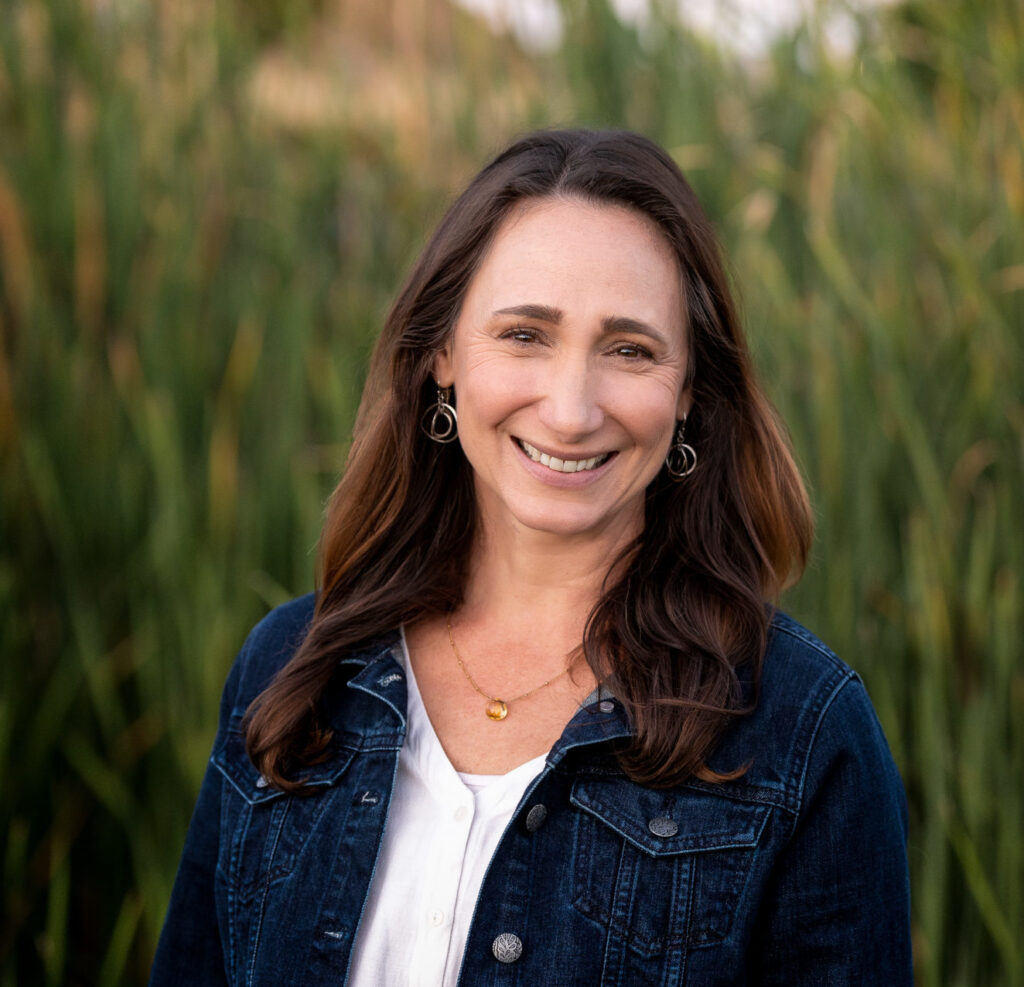 Dr. Margo Bachman DACM has been passionate about natural medicine and healing for over thirty years. Her own healing experiences and innate curiosity continue to inspire her life and her career. She discovered holistic medicine to heal herself from menstrual problems, pregnancy loss, hormonal craziness and all sorts of other ailments and has been amazed by the power of natural medicine.
Dr. Margo Bachman DACM has been passionate about natural medicine and healing for over thirty years. Her own healing experiences and innate curiosity continue to inspire her life and her career. She discovered holistic medicine to heal herself from menstrual problems, pregnancy loss, hormonal craziness and all sorts of other ailments and has been amazed by the power of natural medicine.
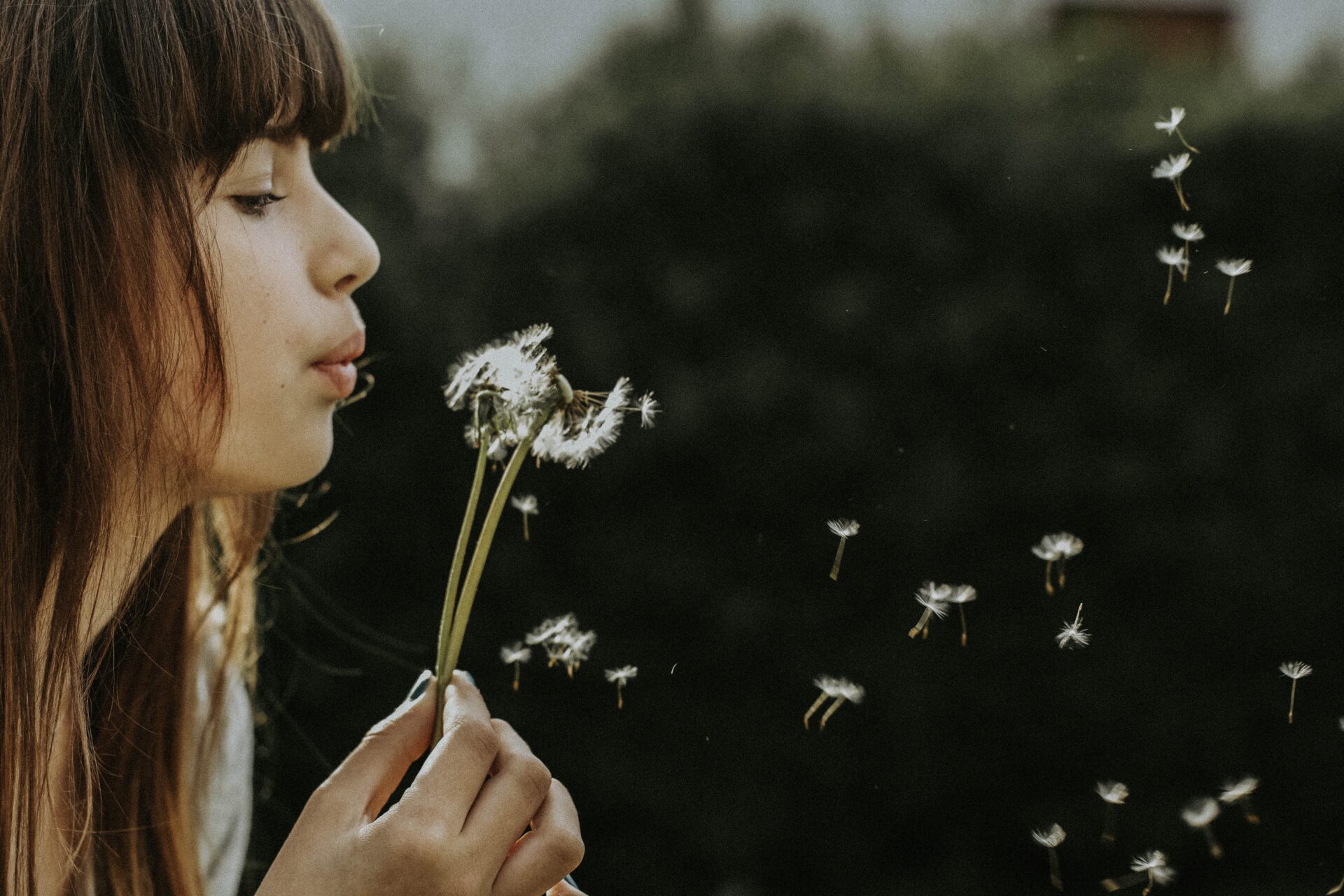 Did you know that one of the most important relationships a woman has in life is with herself? And that the breath is one of our most powerful tools for learning about ourselves and creating positive changes?
Did you know that one of the most important relationships a woman has in life is with herself? And that the breath is one of our most powerful tools for learning about ourselves and creating positive changes?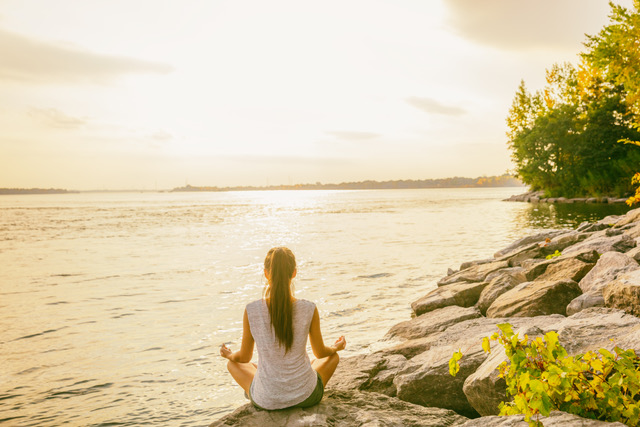


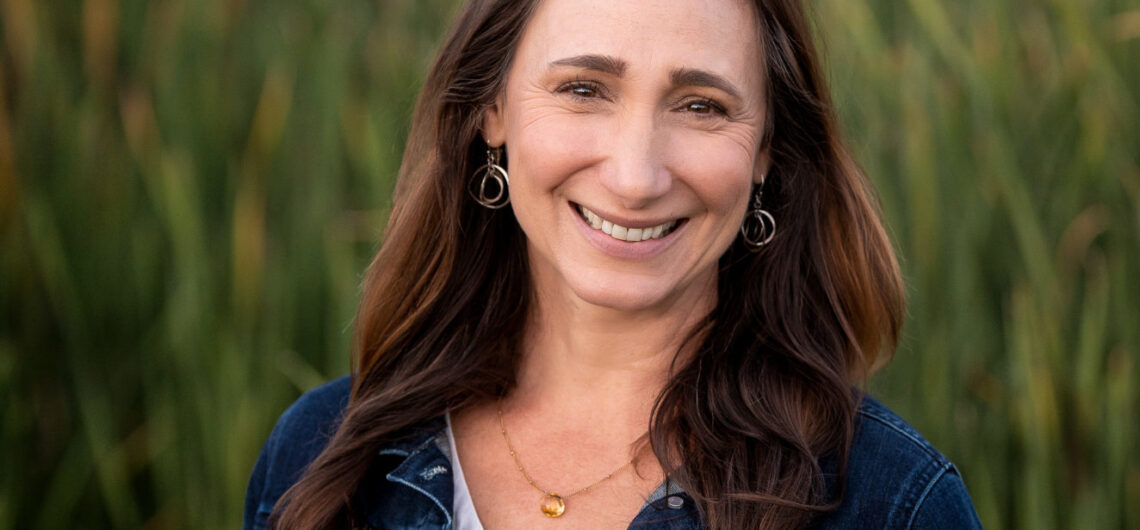
 experiences and innate curiosity continue to inspire her life and her career. She discovered holistic medicine to heal herself from menstrual problems, pregnancy loss, hormonal craziness and all sorts of other ailments and has been amazed by the power of natural medicine.
experiences and innate curiosity continue to inspire her life and her career. She discovered holistic medicine to heal herself from menstrual problems, pregnancy loss, hormonal craziness and all sorts of other ailments and has been amazed by the power of natural medicine.
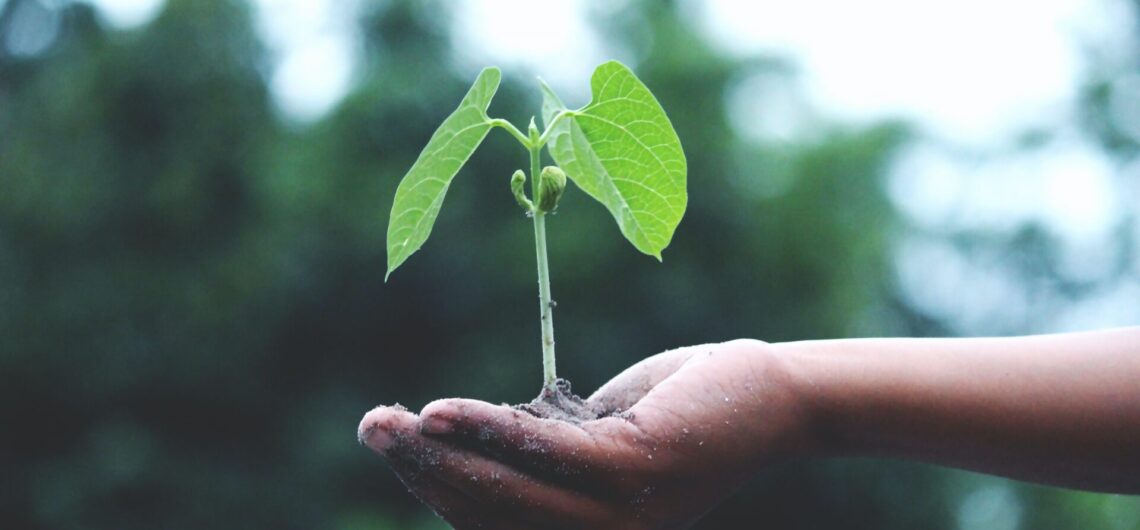
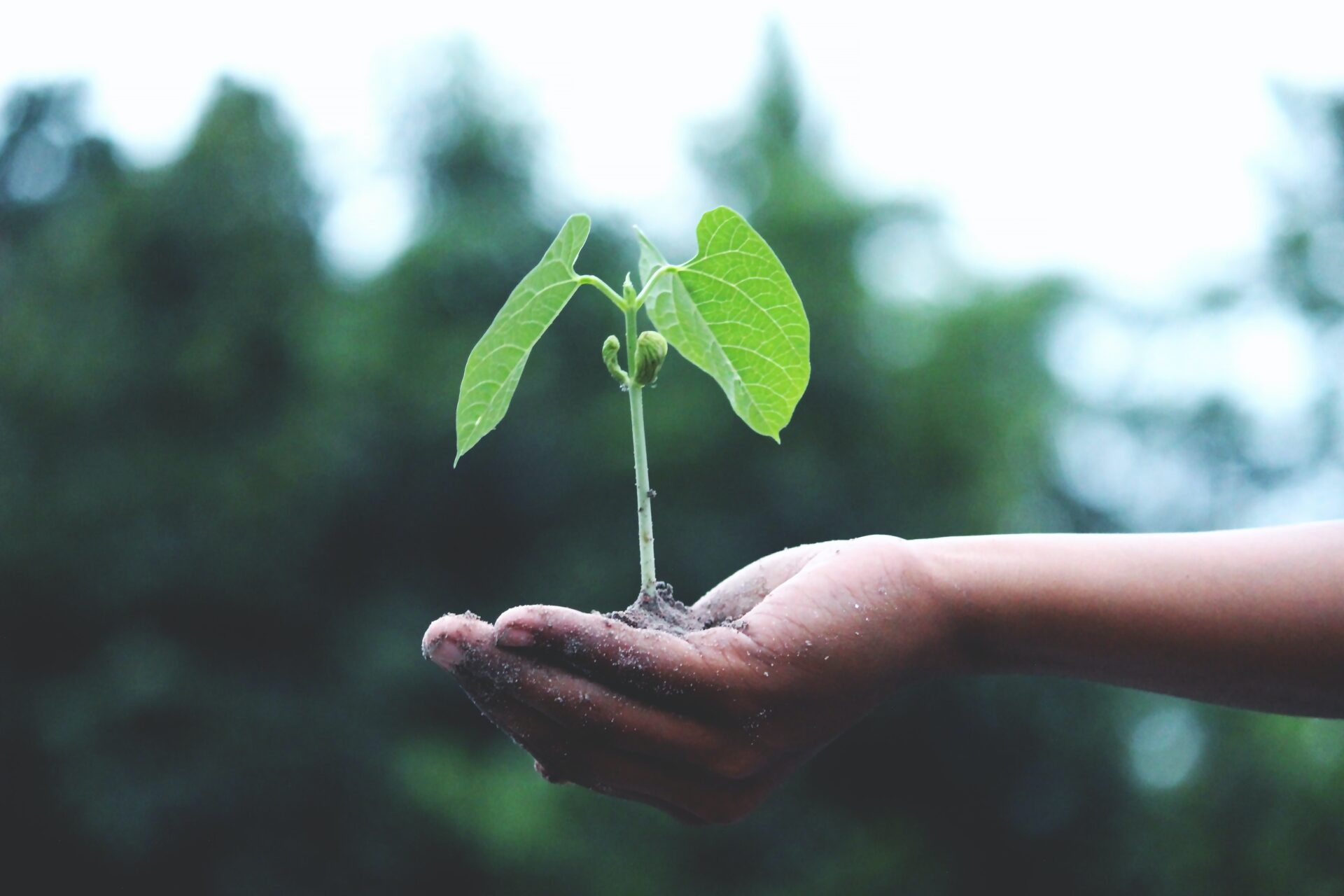
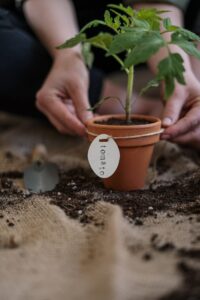
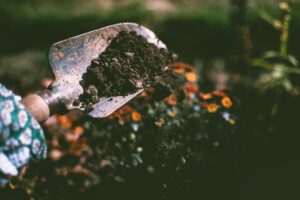


 I’ve heard many reasons to explain why someone has fallen away from their yoga practice, deferred a trip to recharge or put off working on any personal issue that would elevate their quality of life. People have complained to me that Yoga retreats or coaching is too expensive. I’ve also heard “I don’t have time.”, “I’m too tired/exhausted/overwhelmed/stressed out.”
I’ve heard many reasons to explain why someone has fallen away from their yoga practice, deferred a trip to recharge or put off working on any personal issue that would elevate their quality of life. People have complained to me that Yoga retreats or coaching is too expensive. I’ve also heard “I don’t have time.”, “I’m too tired/exhausted/overwhelmed/stressed out.” dollar and every ounce of fortitude you can give it. Regardless of the self talk re-runs looping in your mind about your perceived limitations, you likely have more agency to change than you actually realize.
dollar and every ounce of fortitude you can give it. Regardless of the self talk re-runs looping in your mind about your perceived limitations, you likely have more agency to change than you actually realize.
